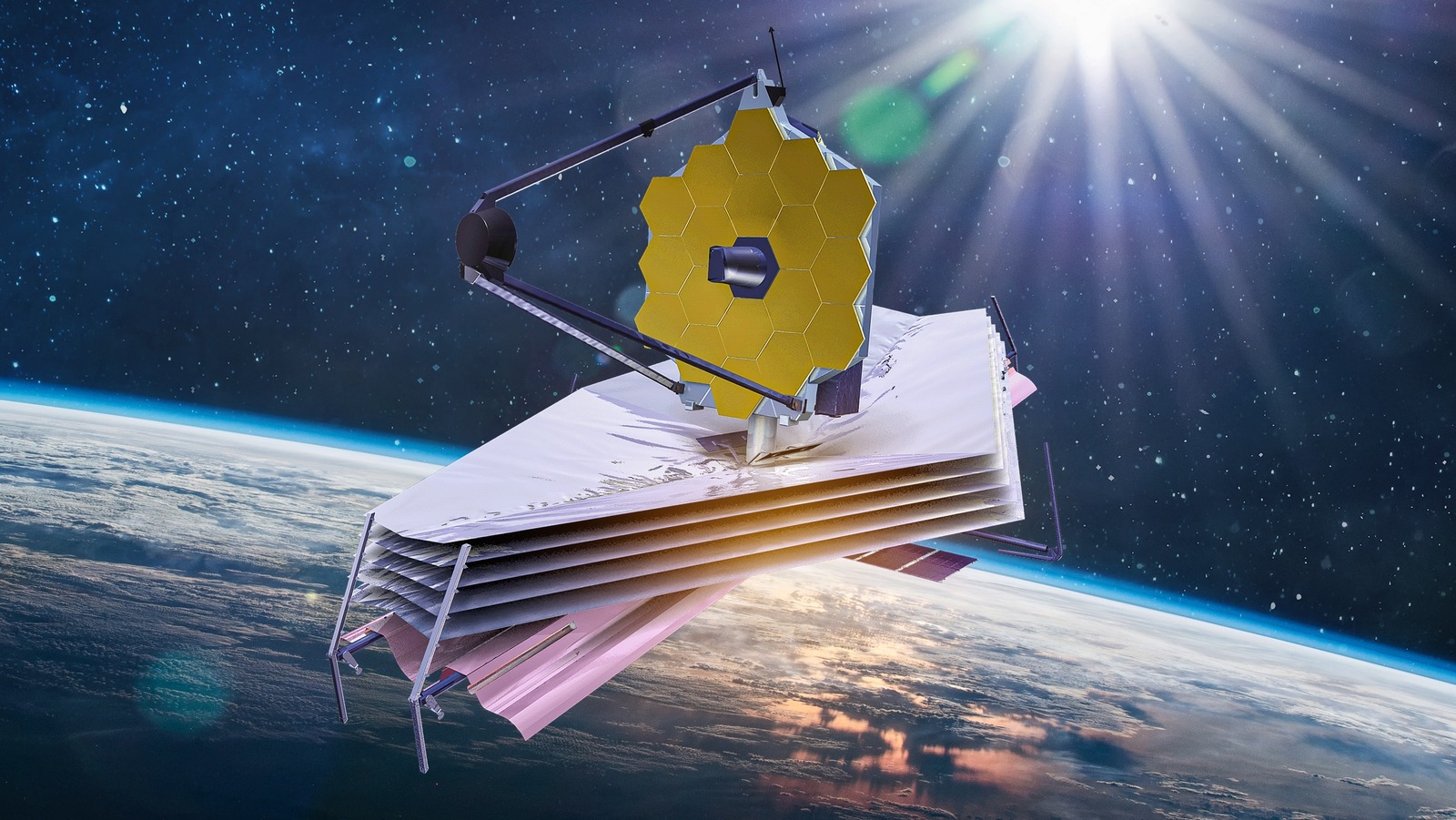
James Webb will be able to observe these transits, too, which is one way it will study exoplanets. There was even an example of transit data in the first science data release, showing how the light from star WASP-96 dipped in brightness as the planet WASP-96 b passed in front of it (via Webb Space Telescope). The data was collected using Webb’s Near-Infrared Imager and Slitless Spectrograph (NIRISS) instrument, using its Single-Object Slitless Spectroscopy (SOSS) mode. This mode can study exoplanets by de-focusing the star, which is very bright, and spreading the light across pixels so that the effects of the relatively tiny planet can be observed (via NASA).
It takes some time for the planet to pass across the face of its star — two and a half hours in the case of WASP-96 b — during which time the telescope took measurements every 1.4 minutes. The instrument collects data for several hours before and after the transit too. The difference caused by the planet to the brightness of the star is very small at less than 1.5 percent, but because the instrument is very sensitive, it can detect these small changes.
From this data, scientists can learn more about the exoplanet, such as figuring out its size and orbital properties. The transit method is just one way of identifying and studying exoplanets. Webb will work with ground-based telescopes to discover new exoplanets, as well, and to learn about their mass using the radial velocity method — it will even be able to directly image some exoplanets using a technique called coronagraphy (via NASA).
Stay connected with us on social media platform for instant update click here to join our Twitter, & Facebook
We are now on Telegram. Click here to join our channel (@TechiUpdate) and stay updated with the latest Technology headlines.
For all the latest gaming News Click Here
For the latest news and updates, follow us on Google News.
